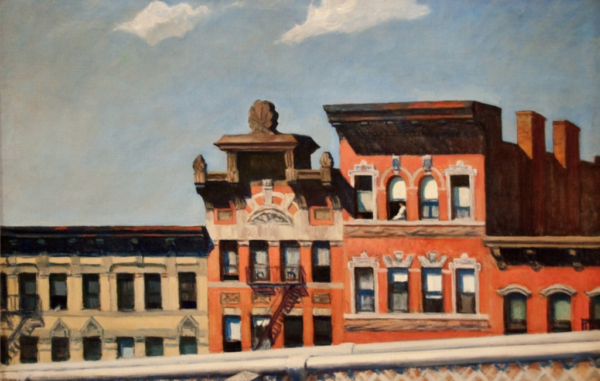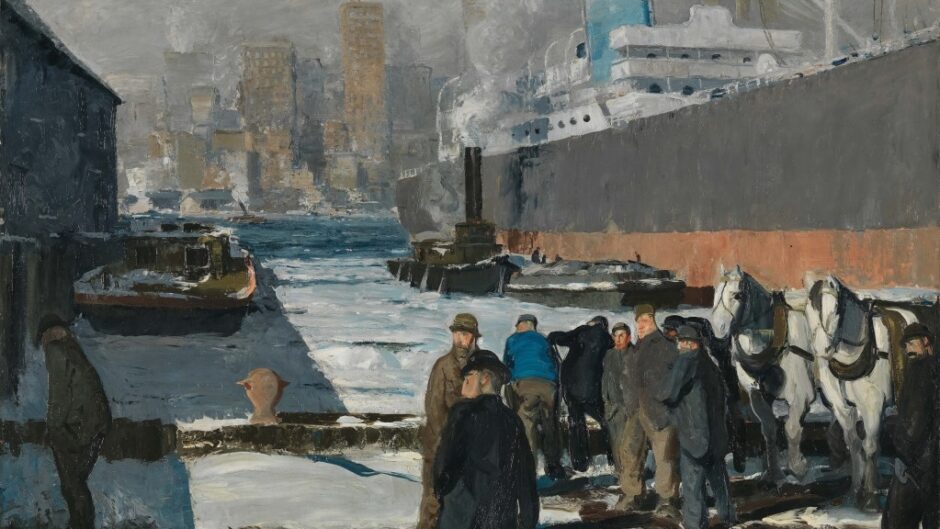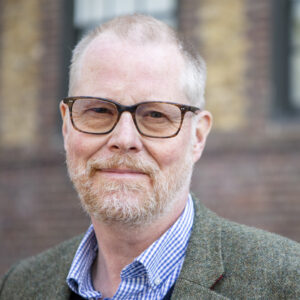This MA option investigates the similarities and differences between three primary urban centres of modernity at a decisive moment in their development. Through a series of case studies which look at the evolution of city painting in the hands of British, French and American artists in New York, Paris and London we will examine key questions and ideas about the representation of the modern technological and industrial city. Throughout we will be attentive to the international character of this art, to the flow and evolution of influence and revisionism across national boundaries, and to the experience of urban life as it was interpreted by contemporary sociologists, novelists and commentators.
The first, shorter, part of the course begins by surveying the immediate nineteenth-century background to city painting in all three locations, laying emphasis on the international influences and exchanges that linked them together. Tracing the emergence of a vocabulary to describe and investigate the city in the art of Manet and Monet in France and in the work of realists and symbolists who were influenced by James McNeill Whistler in London, we will attend to the ways in which these potent representations of the city were subsequently deployed in the United States. We will investigate the work of American Impressionists such as Childe Hassam as well as the extraordinary impact of Whistler on formative New York artists such as Ernest Lawson, Guy Wiggins and Joseph Pennell.
The second part of the course takes up this situation and works forward, examining the radical reviewing of the city by British modernists in London, including the Vorticists and the artists and writers of Bloomsbury, by experimental modernists in Paris, including Picasso and Braque, and, in a contrasting mode, by American realists such as George Bellows and the Ashcan artists. We will look at the advent of European modernism in the US through a consideration of the complexities of the Armory Show in 1913, and at the careers of Alfred Stieglitz, Edward Steichen and other photographers and painters as they investigated possible representations of the modern city through their depictions of New York. This interwoven history provides the impetus for the final section of the course when we will examine the transformation of city space and the visual vocabulary of its depiction in the work of American modernists such as Georgia O’Keefe, Charles Sheeler and Paul Strand, Paul Cadmus and Reginald Marsh, as well as in the distinct but related art of Edward Hopper.
All Special Options such as “New York-London-Paris” are closely tied to the research specialisms of the module leader and these classes provide an immersion in the scholarship and issues pertinent to the field. Teaching is through weekly small-group seminars, tutorials with individual students, and site visits to look at works. The seminar classes take a range of different approaches, classes in which a topic formally introduced by the module leader is the basis of informed discussion by the group as a whole; seminars in which student presentations are the basis of discussion; and text-based classes in which the group’s close reading of texts and images forms the basis of a class. Site visits which may include a study trip, and/ or a range of local visits to exhibitions, archives, and other sites of interest (when off-site visits are not possible these sessions will be re-scheduled as seminars). Study trips are supported by a travel grant, and are usually for a period of 2-4 days. During tutorials module leaders will meet students individually to offer comments on work and discuss progress. With the agreement of the module leader, there is flexibility in the topics individual students select for the written assignments.
In the event that a course leader is on sabbatical, takes up a fellowship, or otherwise is not able to teach the course, they will be replaced by another experienced course leader either for a semester or, in some cases, the academic year.
Please note: whilst many Special Options will include site visits within the UK and further afield, these are subject to confirmation.
Course Lead











